Legacy
As a local trade organization, AGC Houston has been representing the best interests of the commercial construction industry of Greater Houston for over 100 years.
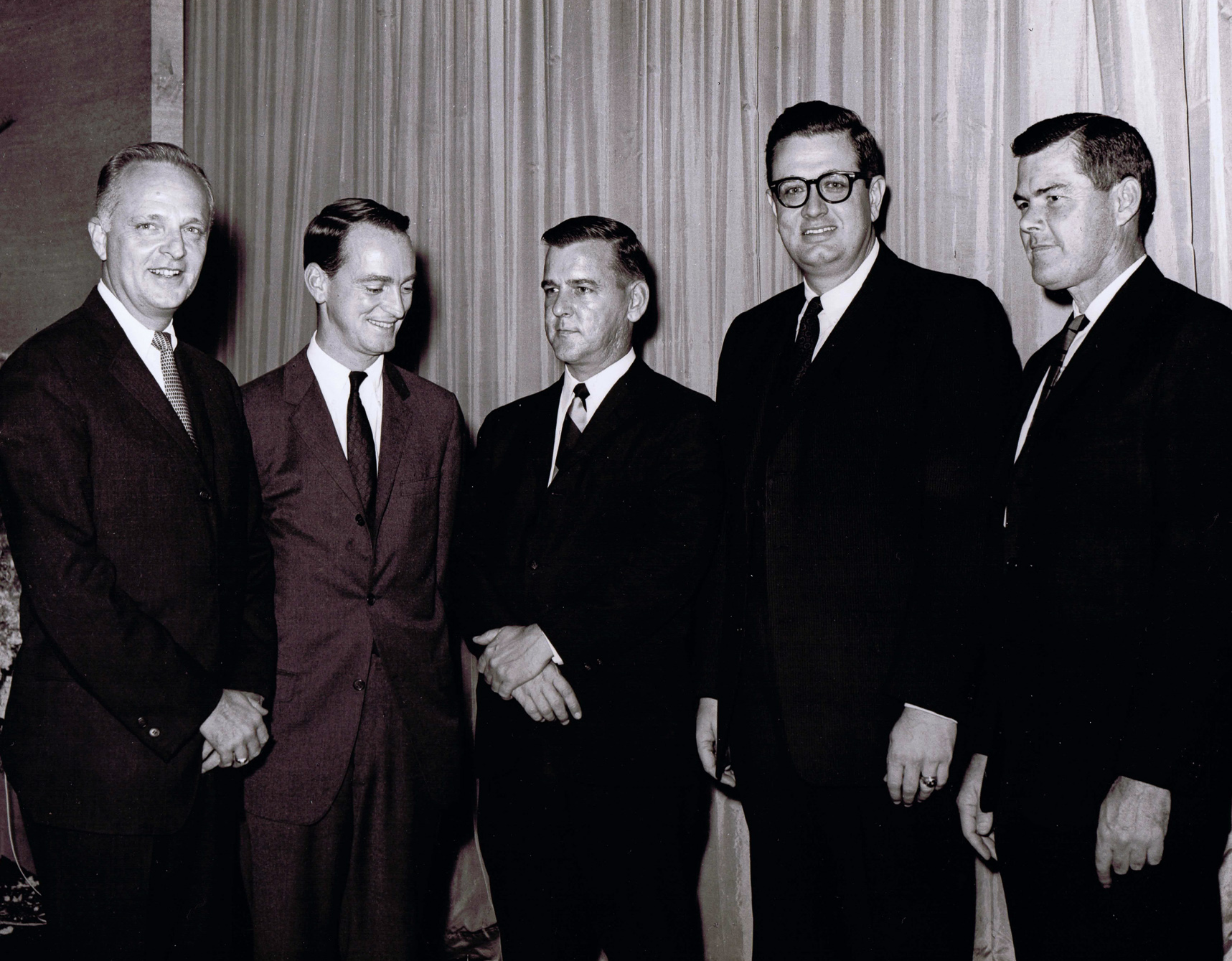
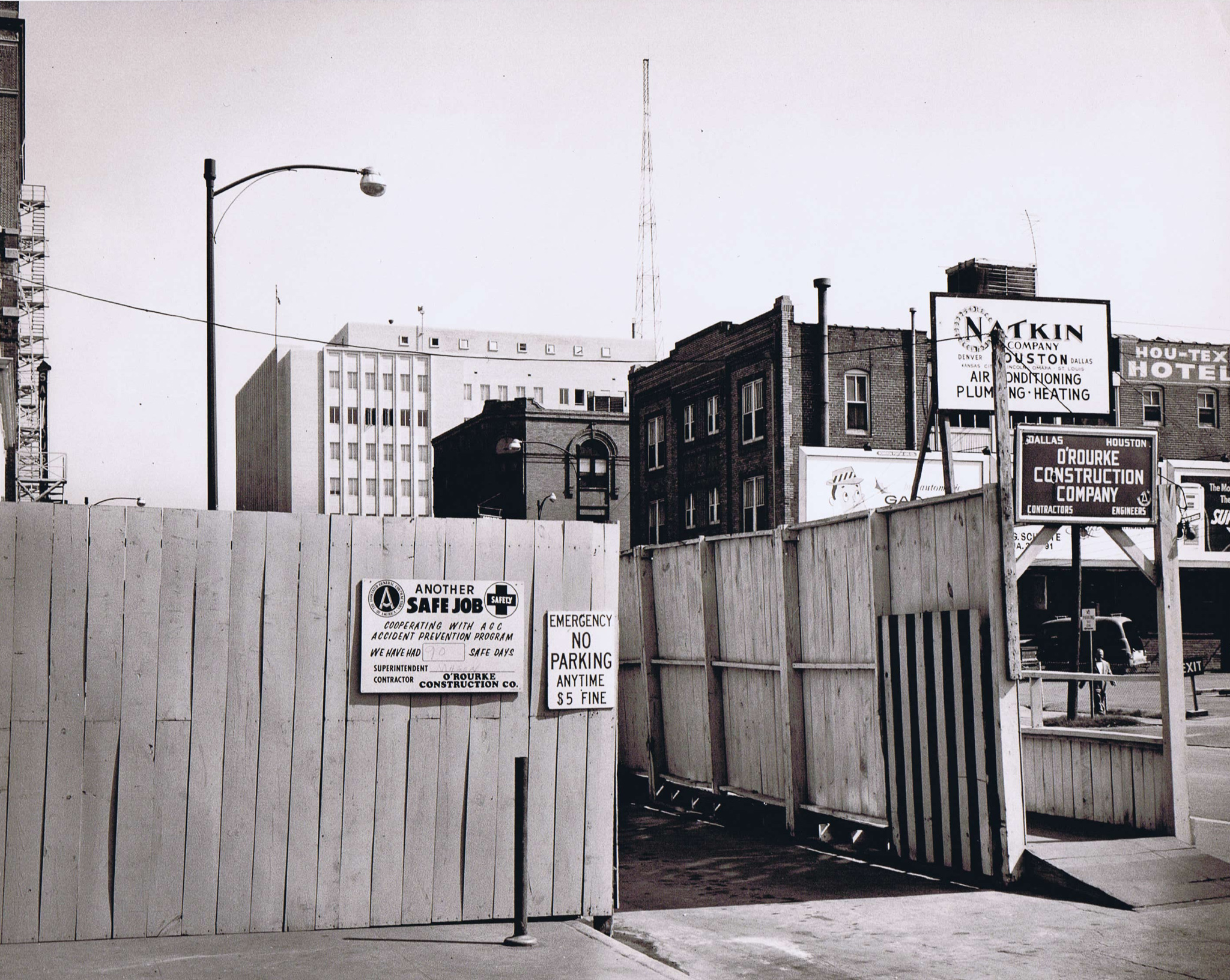

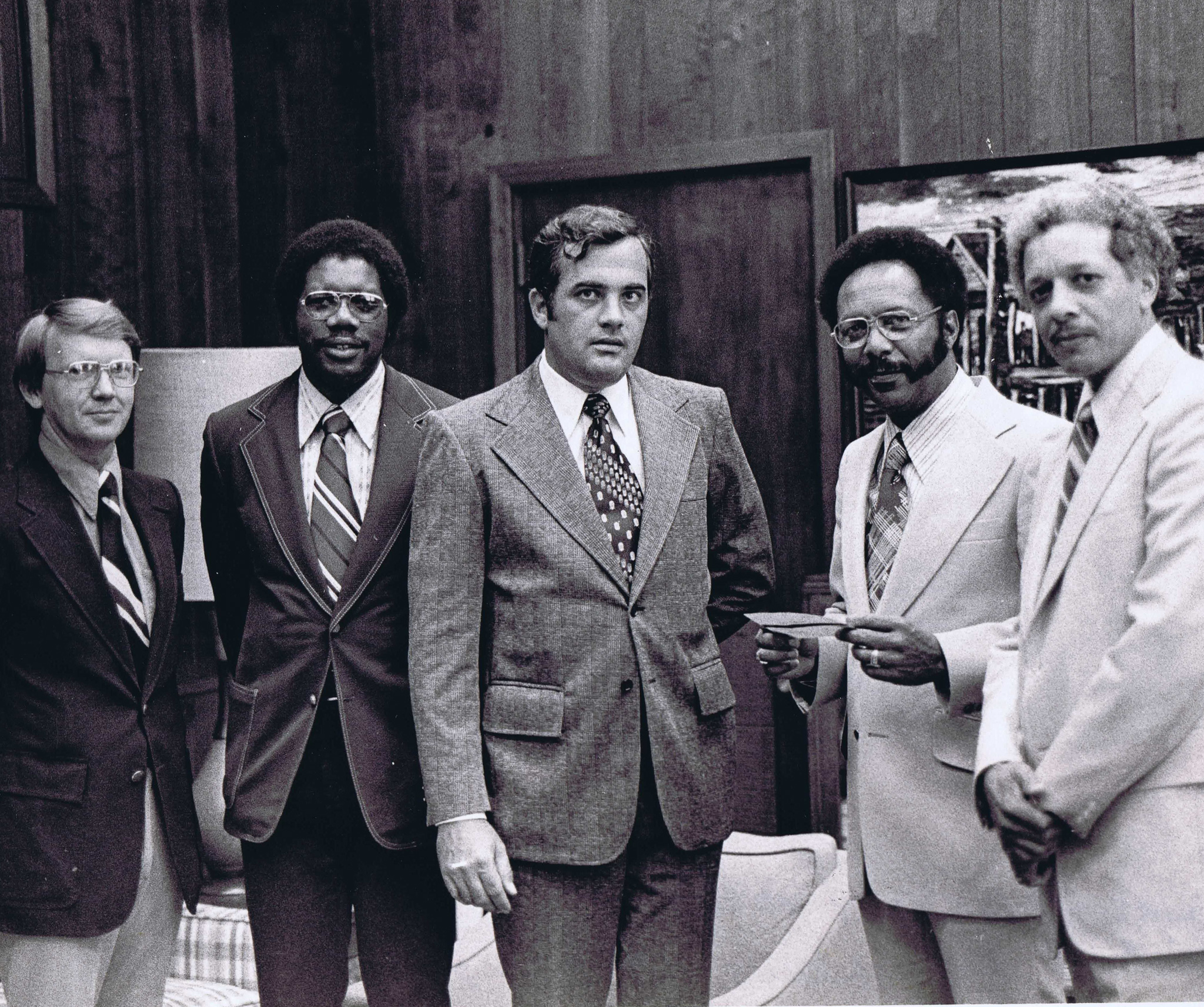




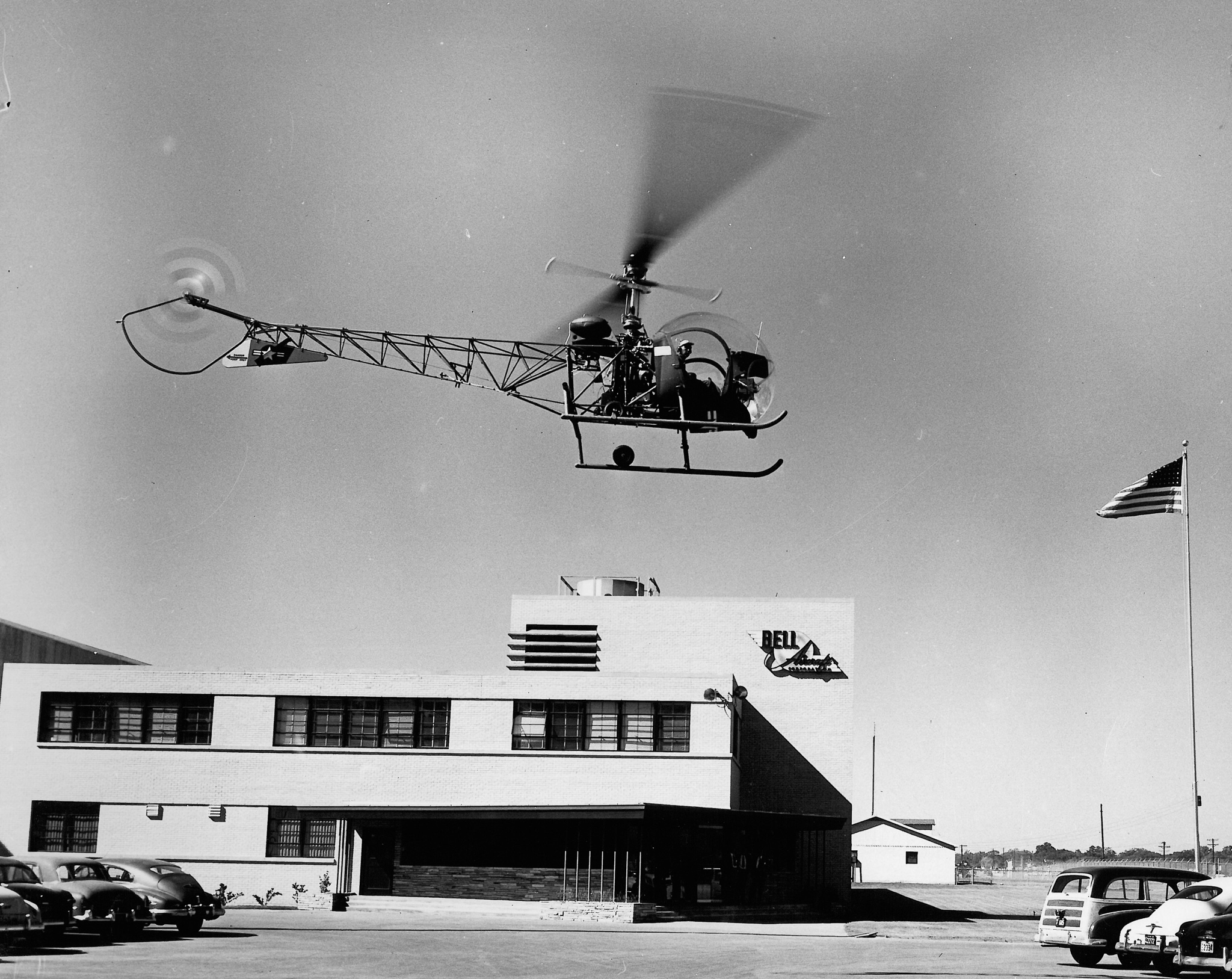
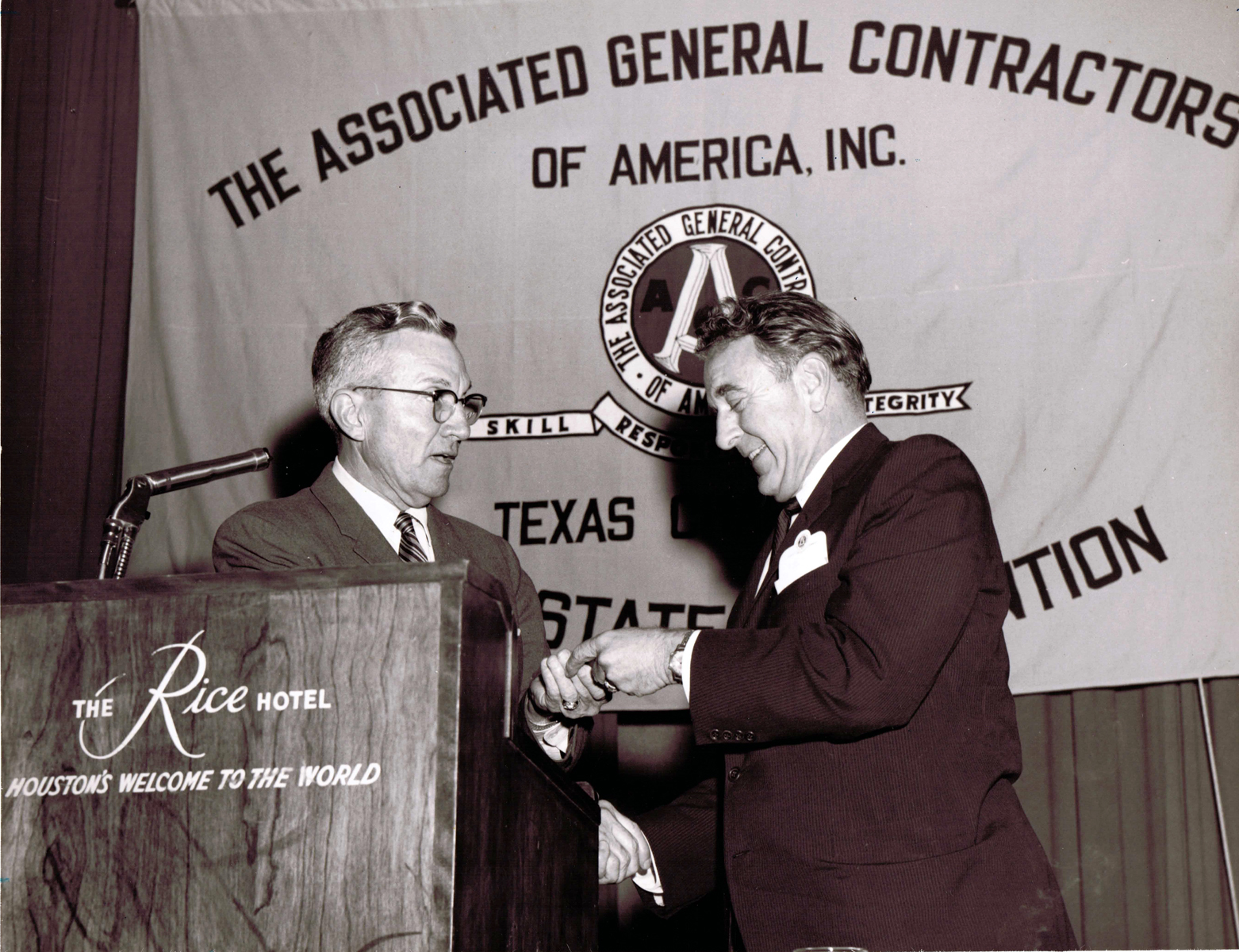

History of AGC Houston
The 1920s brought a new era for Houston, as the fledgling oil industry began to rebuild the city skyline. Each new business needed an important headquarters, and that required experienced building contractors. As the brick and wooden façade of Houston was replaced by steel and concrete, the Houston Chapter of the Associated General Contractors was formed.
The AGC charter was granted to Houston in 1923, just six years after the national association was organized. Principals included Tom Tellepsen, who came from Norway to work in the city years earlier. Edmond A. Fretz left his post as City of Houston Engineer to first start Standard Construction and then form the Fretz Construction Company. The American Construction Company was led by S. Bailey Houx, who trained a generation of contractors. Other charter members included C.A. Thanheiser, Southwestern Construction Company; W.E. Woodruff; E.G. McClay; Thomas Murray; and Don Hall of Central Contracting Company.
The aims of the AGC were the same as they are today: to promote excellence in building practices and improve labor conditions. One of the initial goals was to establish contract construction, an effort that was aided by school, city and federal government work.
The boom years saw the transformation of the central business district and the Port of Houston. The roaring ’20s were capped by construction of the 37-story Gulf Building (now the Chase Bank Building) by entrepreneur Jesse Jones and the American Construction Company. At the time it was constructed, the Gulf Building was the tallest structure west of the Mississippi. Completed as the Great Depression spread across the nation, no other major commercial building would be erected in Houston for the next 20 years.
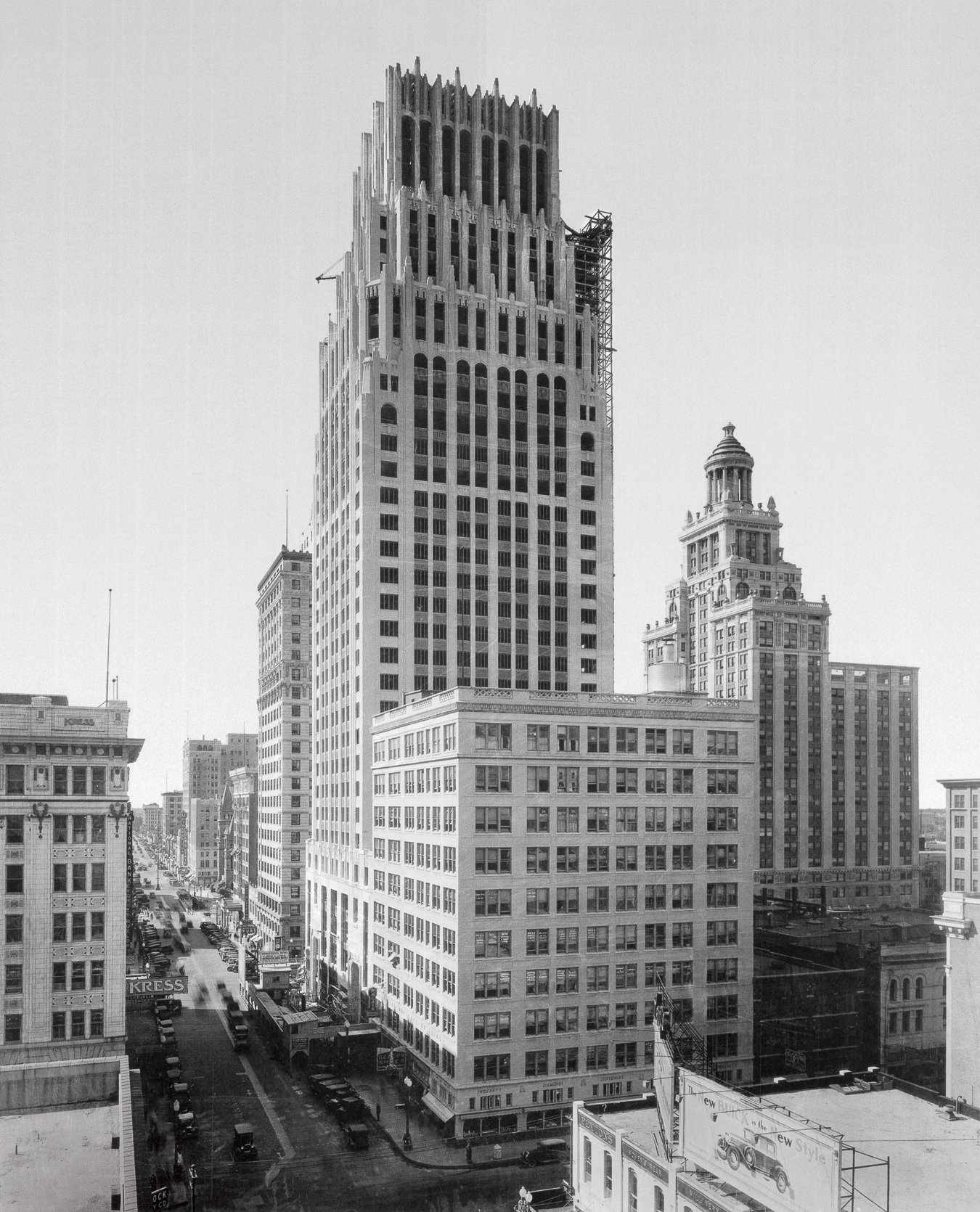
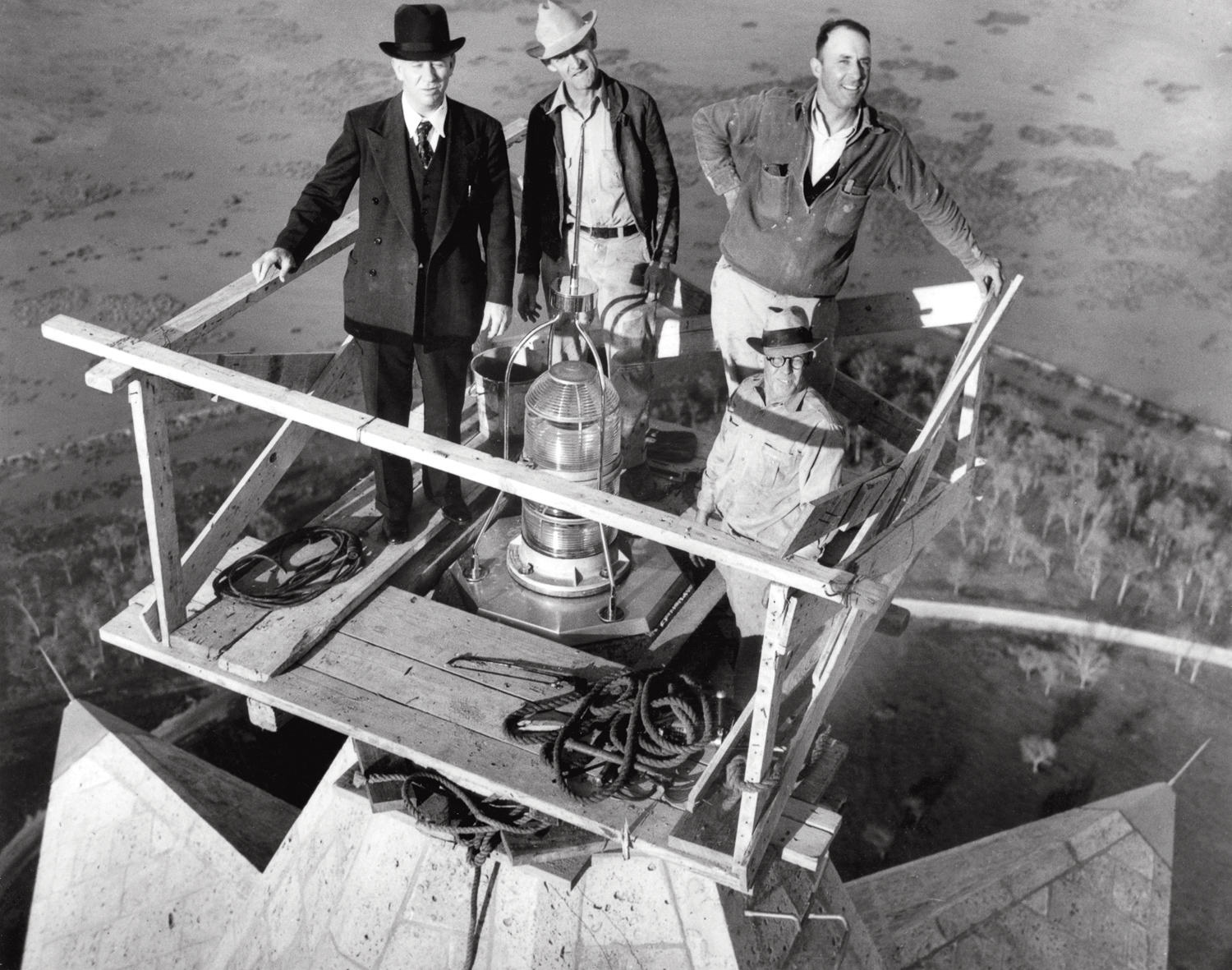
The gloomy outlook of the Depression was lifted by the construction of the San Jacinto Monument from 1936 through 1939 by the W.S. Bellows Company. Still praised for its many innovations in building the monument, Bellows went on to play a major role in post-war Houston.
In the 1940s, the first large-scale project to kick off the post-war era in Houston was the Shamrock Hotel, the 1,100-room resort venue built in 1949 by Tellepsen for oilman Glenn McCarthy. That project was soon followed by the first modern glass and steel skyscraper Humble Building (now Exxon Building), constructed by Bellows in 1952. The development of the Texas Medical Center as the nation’s premier health institution put the growing majority of AGC members to work for the next several decades.
The ensuing years of the ’60s and ’70s saw an unprecedented era of commercial development for the AGC Houston Chapter. Tall buildings began to vie for places in the skyline. National and international attention was drawn to the city with the innovations demonstrated in building the Astrodome by H.A. Lott and The Galleria by Harvey.
Creative entrepreneurs and skilled contractors in many trades drew the attention of important architects. Highly trained craftsmen were used to renovate and restore earlier treasured construction icons. Because of the abilities of the Houston construction industry, internationally famed engineers were drawn to Houston to use the latest techniques.
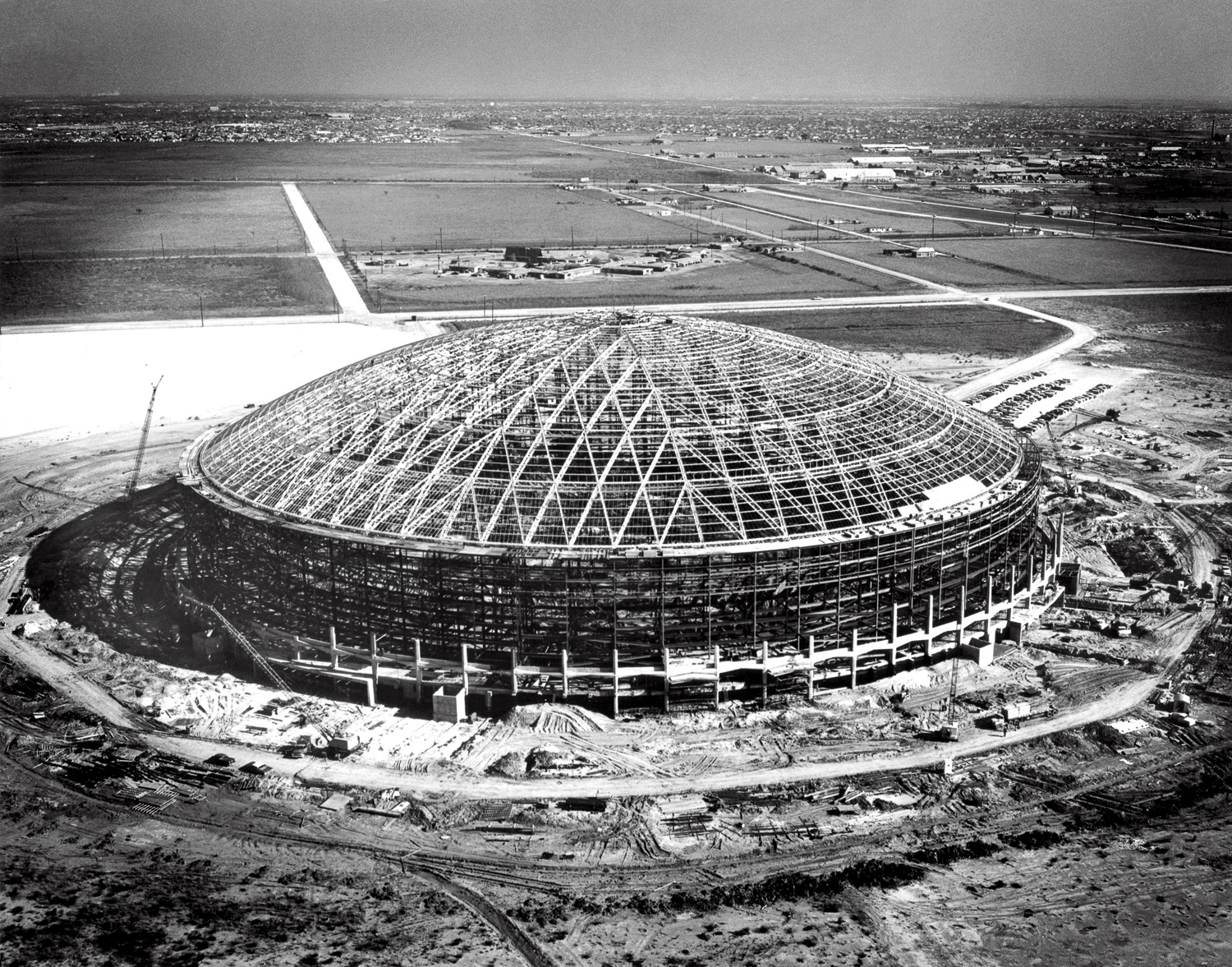

In the closing 20 years of the century, AGC Houston members weathered financial storms that deeply affected other parts of the country. The growth of Houston brought increasing numbers of commercial enterprises, planned business communities, hospitals, schools and colleges. As the 21st century approached, the Houston Chapter of the AGC was the center of the construction industry in Texas, the region, and one of the strongest in the nation.
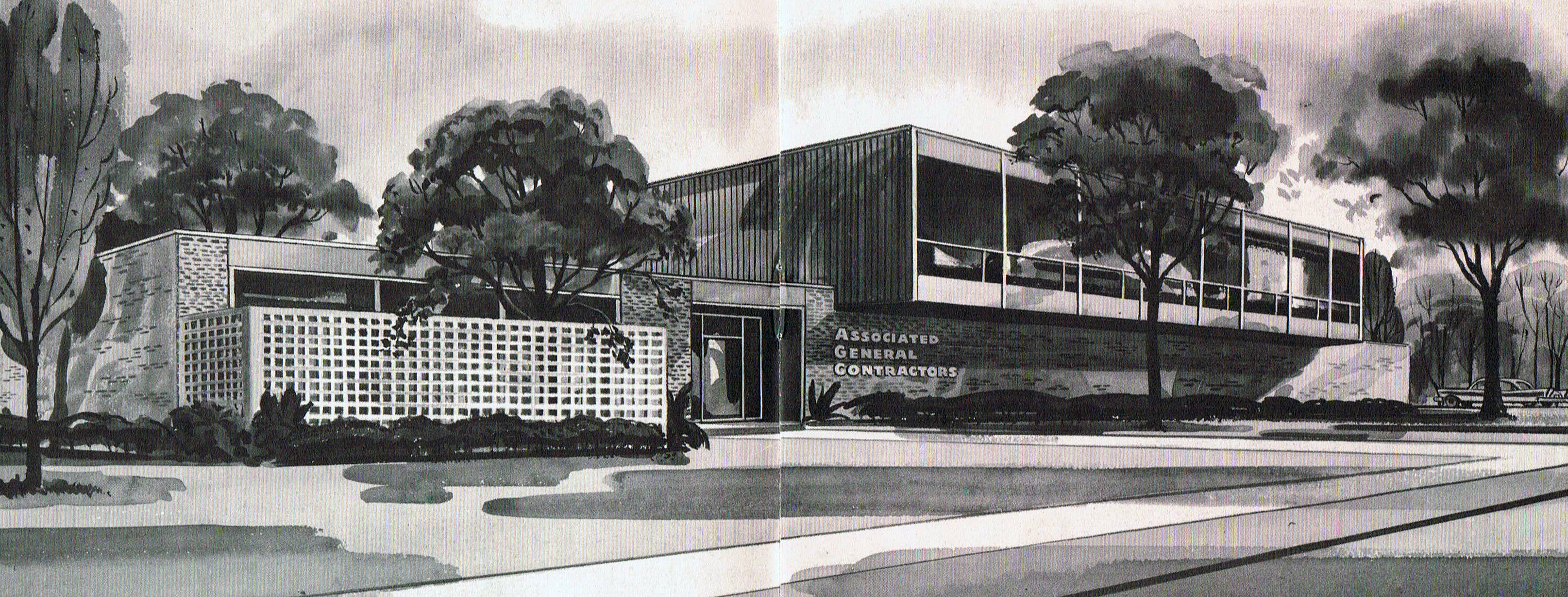
1961 Rendering: To better serve the industry, AGC Houston moved into a newly-designed 10,000 square-foot two-story facility (built for and paid for by the Houston chapter). Located at 2103 Crawford, the building was on the site of the old William Marsh Rice residence.



